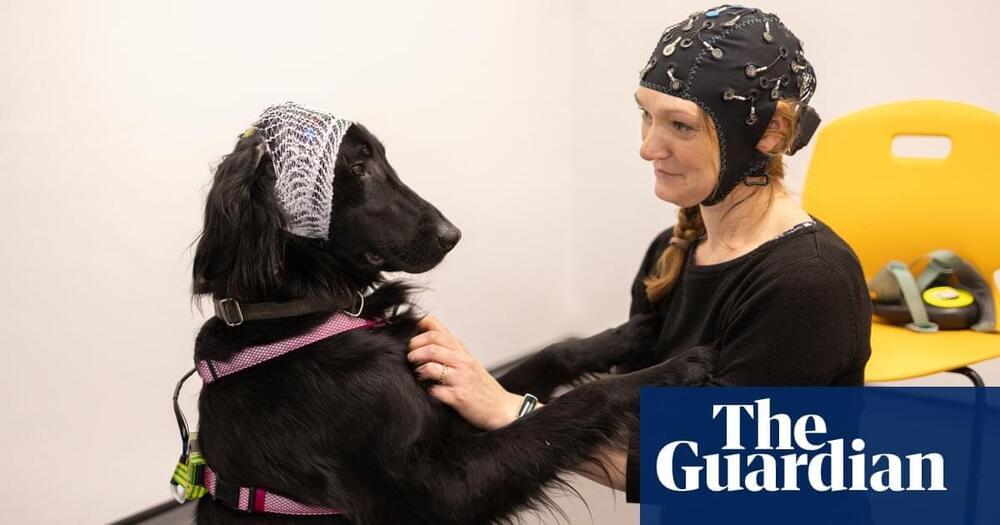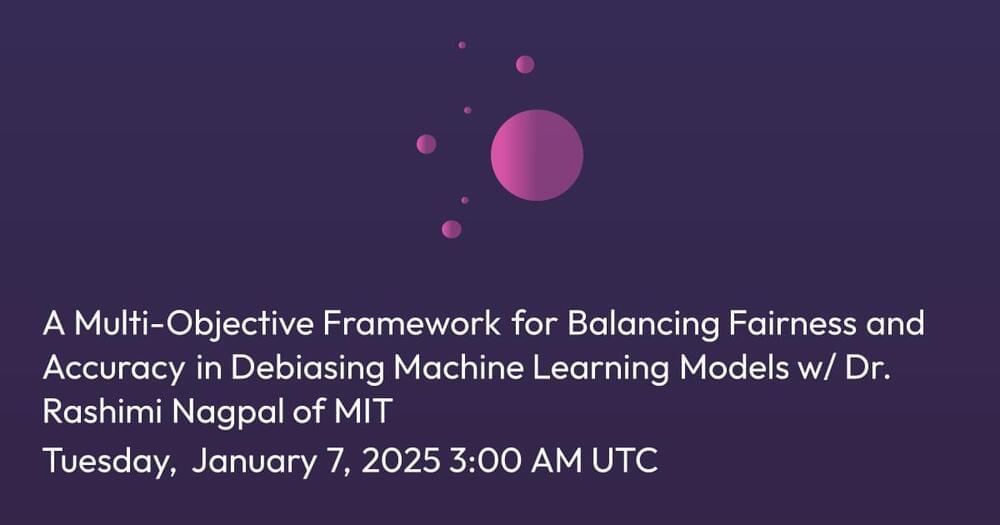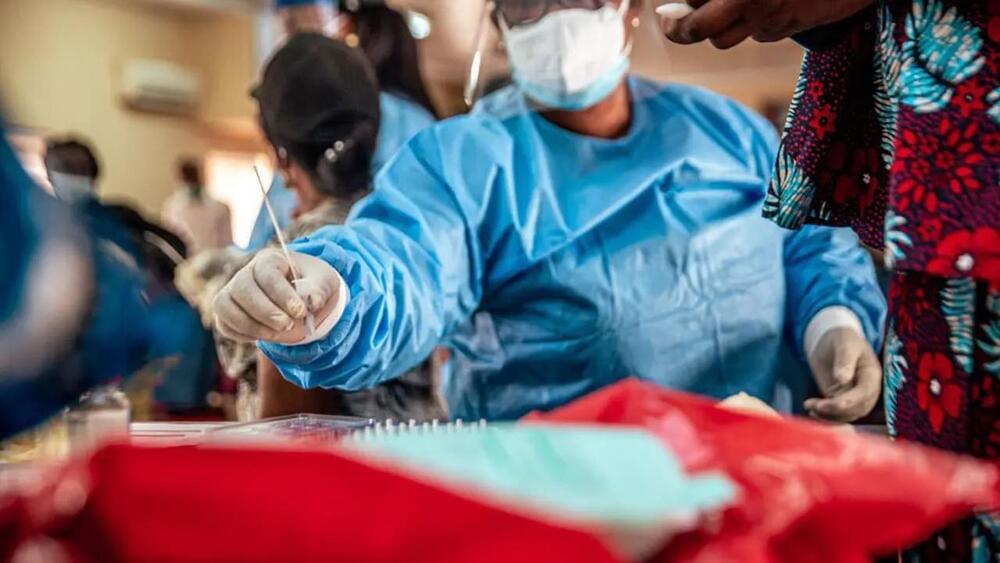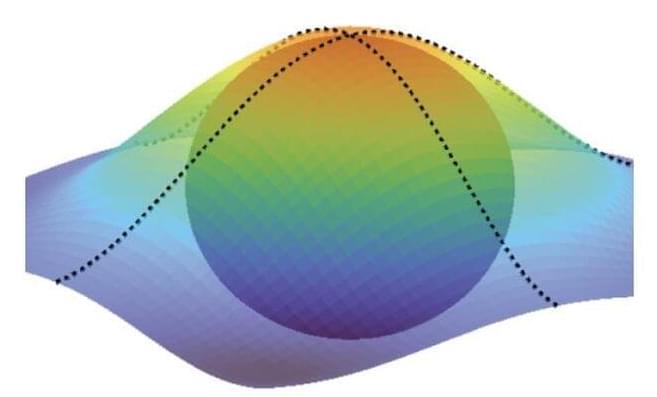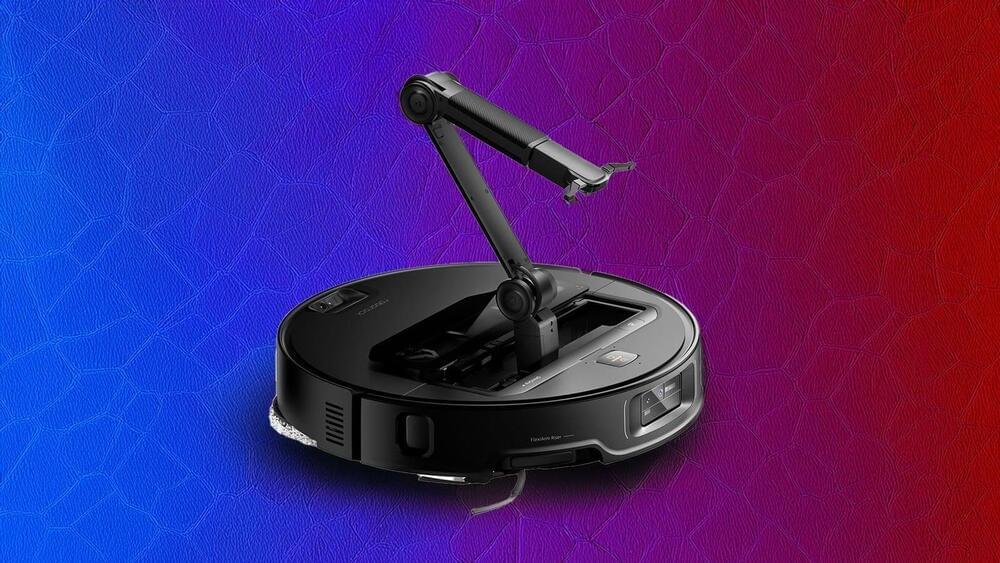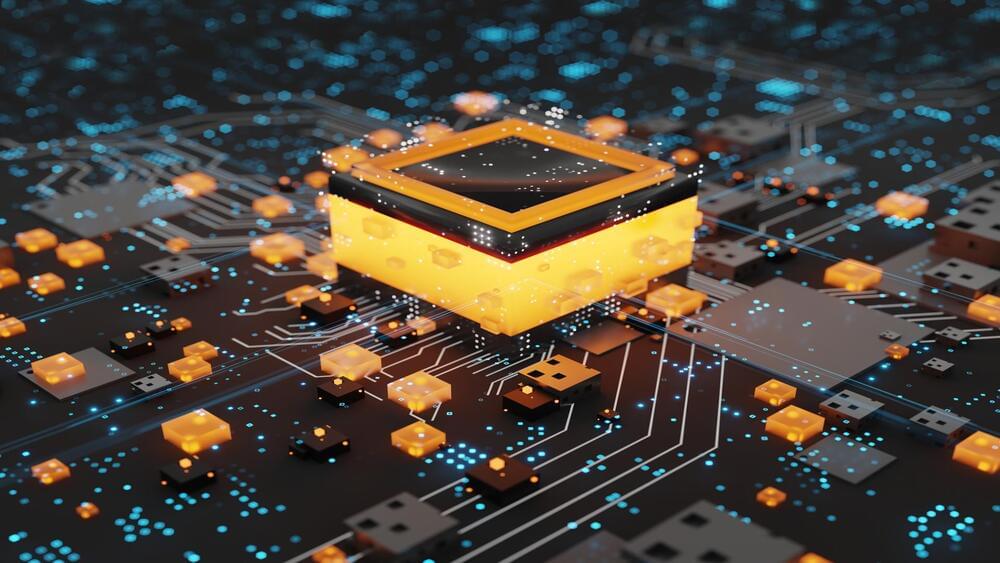Scientists to examine if humans’ and dogs’ brains synchronise when they interact in a way similar to parents and babies.
Not a dramatic increase, but a good one.
Loyal, a US biotech startup, has been conducting research and development on LOY-002, a potential drug for extending the lifespan of dogs.
The Guardian reported that the company expects to launch this beef-flavored pill on the market early next year.
Interestingly, Loyal believes their research on canine longevity will also benefit humans.
Machine learning algorithms significantly impact decision-making in high-stakes domains, necessitating a balance between fairness and accuracy. This study introduces an in-processing, multi-objective framework that leverages the Reject Option Classification (ROC) algorithm to simultaneously optimize fairness and accuracy while safeguarding protected attributes such as age and gender.
The World Health Organization, WHO, has declared the outbreak of a new coronavirus in China, a global health emergency.
The WHO Director-General Tedros Ghebreyesus made the announcement at a press conference in Geneva.
WHO’s emergency committee on the epidemic had reportedly met Thursday afternoon and recommended designating the outbreak a Public Health Emergency of International Concern, PHEIC.
NVIDIA has filed a patent for augmented reality (AR) glasses. These glasses may look like regular glasses but with some special features on the inside. It also appears that the company is looking to make these glasses lightweight and energy-efficient while offering high-quality visuals.
The patent titled “Backlight-Free Augmented Reality Digital Holography” can be found under the number 20250004275A1 on the United States Patent and Trademark Office (USPTO) website. Thanks to SETI Park, an independent patent researcher, for sharing its details on X.
A new breakthrough may help scientists solve some of the mysteries of the quantum realm.
For the first time, physicists have been able to measure the geometrical ‘shape’ a lone electron adopts as it moves through a solid. It’s an achievement that will unlock a whole new way of studying how crystalline solids behave on a quantum level.
“We’ve essentially developed a blueprint for obtaining some completely new information that couldn’t be obtained before,” says physicist Riccardo Comin of the Massachusetts Institute of Technology (MIT).
The Roborock Saros Z70 robovac features a mechanical arm called OmniGrip that can be deployed to clear obstructions weighing up to 300 grams.
Discover the groundbreaking world of quantum teleportation! Learn how scientists are revolutionizing data transfer using quantum entanglement, enabling secure, instant communication over vast distances. From integrating quantum signals into everyday internet cables to overcoming challenges like noise, this technology is reshaping our future. Explore the possibilities of a quantum internet and its role in computing and security. Watch our full video for an engaging dive into how quantum teleportation works and why it’s a game-changer for technology. Don’t miss out!
Paper link: https://journals.aps.org/prl/abstract…
Visit our website for up-to-the-minute updates:
www.nasaspacenews.com.
Follow us.
Facebook: / nasaspacenews.
Twitter: / spacenewsnasa.
Join this channel to get access to these perks:
/ @nasaspacenewsagency.
#NSN #NASA #Astronomy#QuantumTeleportation #QuantumInternet #QuantumComputing #SecureCommunication #QuantumTech #ScienceBreakthrough #DataTransfer #FutureTechnology #QuantumEntanglement #QuantumScience #QuantumWorld #TeleportationScience #TechInnovation #NextGenTech #QuantumPhysics #ScienceExplained #CuttingEdgeTech #QuantumFuture #QuantumTechnology #TeleportationExplained #QuantumNetworks #RevolutionaryTech #TechUpdates #QuantumCommunication #DataRevolution #QuantumMechanics #TechAdvancements #PhysicsInnovation #ScienceMadeSimple #QuantumBreakthrough #QuantumDiscoveries
It is indeed possible to achieve fault-tolerant quantum computing by 2030. A company based in Paris has come out with a complete framework.
A new millennium has unfolded, and what happens during these next 1,000 years will determine the future of our entire species.
Music:
/ r1c3_kavbn.
• Ice Nine Kills — Funeral Derangements…
• Ice Nine Kills — The Box (Orchestral…
• The Story of Jobu.
• Pinky Fight.
• God Is An Astronaut — Burial.
If you saw a spelling mistake, no you didn’t!
